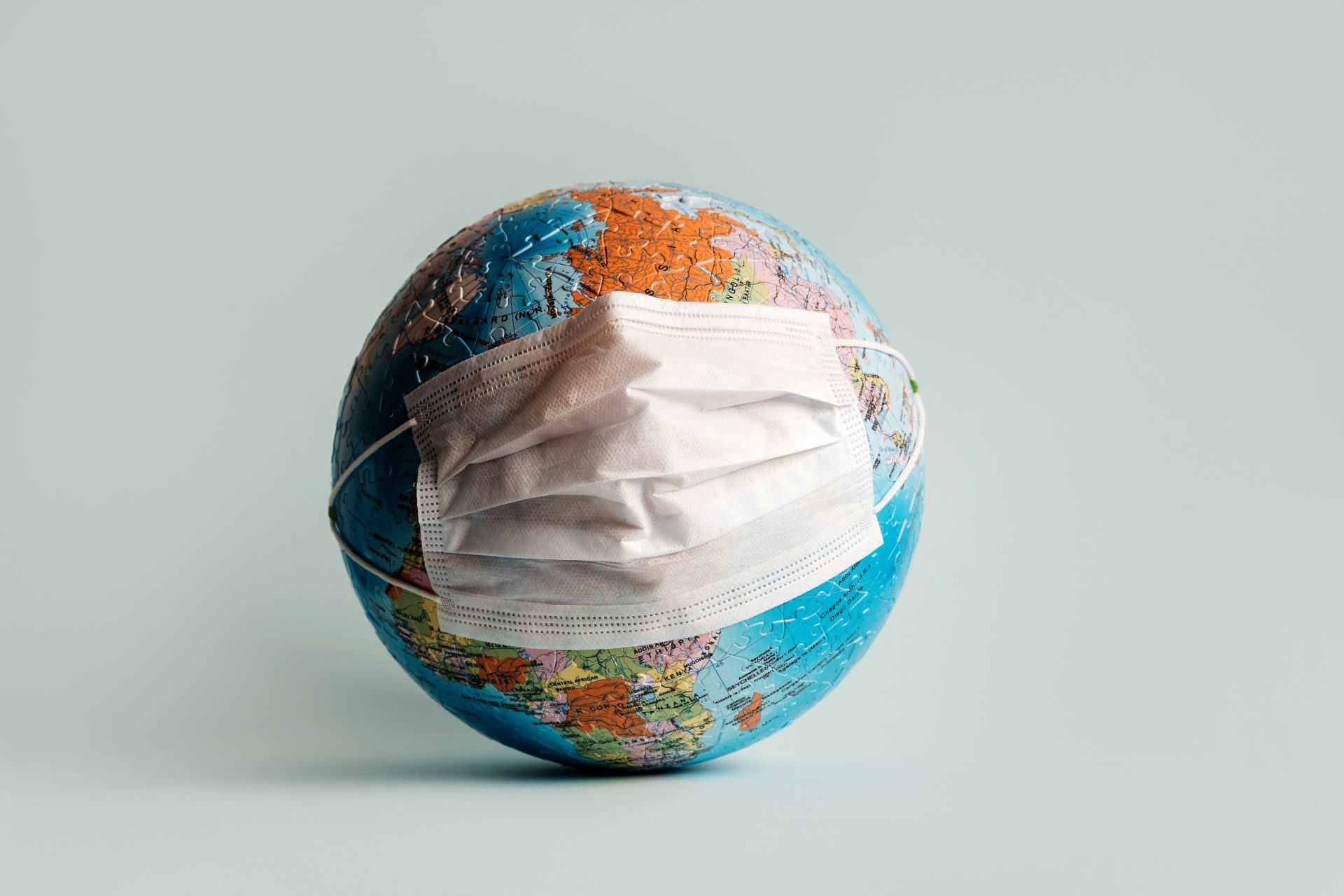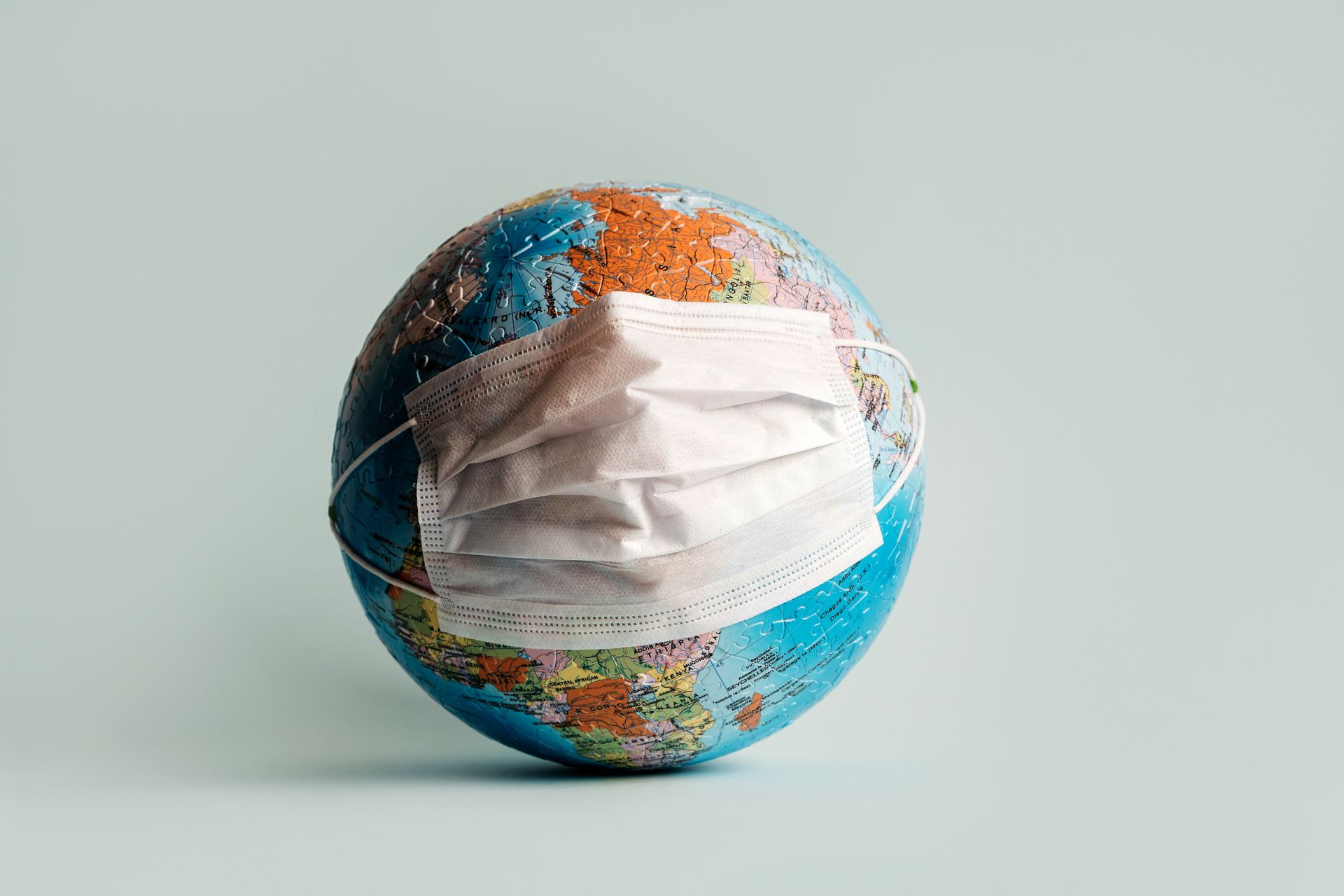Stay Informed: WHO lists top threatening pathogens for future pandemics
The World Health Organization has released a new report highlighting over 30 potential pathogens that could initiate the next global pandemic. This list of concerning threats warrants society's attention.
The world is more familiar than ever with the havoc that global pandemics can wreak on society, and this is why the World Health Organization keeps a running list of pathogens that could be at the heart of the next pandemic.
In a new report on pathogen prioritization, the World Health Organization outlined more than 30 different pathogens scientists fear could trigger the next pandemic. The report brings together the knowledge of more than 200 scientists from over 50 countries.
The list is an updated version of two previous lists, one published in 2015 and another in 2017, and the goal of the analysis is to provide a framework for the prioritization of treatments, vaccines, and diagnostics for some of the world’s most worrying pathogens.
According to Ana Maria Henao Restrepo, leader of the World Health Organization R&D Blueprint for Epidemics, the “prioritization process helps identify critical knowledge gaps that need to be addressed urgently” Scientific American reported.
The R&D Blueprint for Epidemics team was the group that prepared the new report and selected priority pathogens on their potential to cause a global public health emergency in humans. But that wasn’t the only criterion for making the list.
Pathogens added to the priority list were also highly transmissible and virulent and had limited access to vaccines or treatments, according to Scientific American. The new list not only picked out individual pathogens but also whole families of viruses and bacteria.
Focusing on whole families of pathogens is a rather good way of using our resources to their maximum capabilities in a variety of ways, something the report’s authors went into detail about in the executive summary of the report.
The report’s authors wrote: “This strategy bolsters the capability to respond efficiently to unforeseen variants, emerging pathogens, zoonotic transmissions, and unknown threats such as 'Pathogen X.'”
“It also emphasizes the need for prompt identification and characterization of emerging threats, the streamlining of global R&D efforts, via collaborative and efficient research roadmaps and the integration of research into outbreak and pandemic response,” the report’s authors added.
Among the most worrying of the more than 1,652 pathogens noted in the report were more than 30 priority pathogens that included a group of coronaviruses known as Sarbecoviruses, which includes SARS-Cov-2—the virus that caused the recent Covid-19 global pandemic—and Merbecovirus.
Merbecovirus includes the virus that causes Middle East respiratory syndrome (MERS). However, Merbecovirus may be less concerning than the monkeypox virus, an outbreak of which occurred in 2022 in Central Africa.
The smallpox causing ‘the variola virus’ is the relative of the monkeypox virus and is on the list of priority pathogens thanks to the number of people no longer getting vaccinated for the virus, and because each of its potential to be used in a terrorist attack.
More than half a dozen types of Influenza A are also on the new priority pathogen list as well as 5 newly added bacteria, including strains of plague, cholera, dysentery, diarrhea, and pneumonia.
Two rodent viruses were added because they were able to jump to humans, and also in part because climate change and the rise of urbanization have increased the risks of the viruses quickly transmitting between people according to the report.
Most priority pathogens aren’t located in just one area of the world and have the ability to spread globally according to Pirbright Institute virologist Naomi Forrester-Soto.
Forrester-Soto contributed to some of the analyses used in the new World Health Organization report and noted, “There isn’t really any one place that is most at risk,” a fact which may make the priority pathogen list all the more worrying.
More for you
Top Stories






























